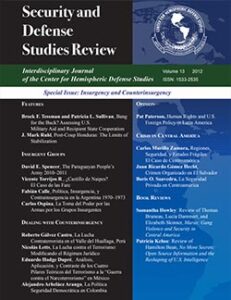Terrorism has not ended in Peru, it has mutated, because remnants of the Shining Path, the terrorist organization that caused so much damage to the country, have become, according to the latest social studies, a gang at the service of drug trafficking, who still bleed the country of the Incas. Operating clandestinely, the fear that they still produce in places lacking the presence of the State (mostly entrenched in the rugged geography of the Peruvian jungle) is due to their use of guerrilla techniques and asymmetric combat to beat the forces of order and State institutions, which try to prevent their new modus operandi. During the previous government (2006-2010), they became aware of the threat to governance that terrorism represents, and for this reason they established strategic policies focused on the restructuring of the ways to face the serious problems that have been originating, giving priority to terrorist actions in the Apurimac and Ene river valleys, located in the southern part of the country, where the greatest violence is concentrated, adding to the purely military strategies others that allow the development of the area and the presence of the State, However, in practice, it left aside another area where there are still men who have taken up arms and who, hiding behind their socialist claims, protect the drug cartels in the upper Huallaga River basin. Therefore, it is necessary to develop effective, concrete, quantifiable policies similar to those of the southern area in order to support the police and State institutions that counteract this threat in this part of the country, which is the final objective of this paper.

